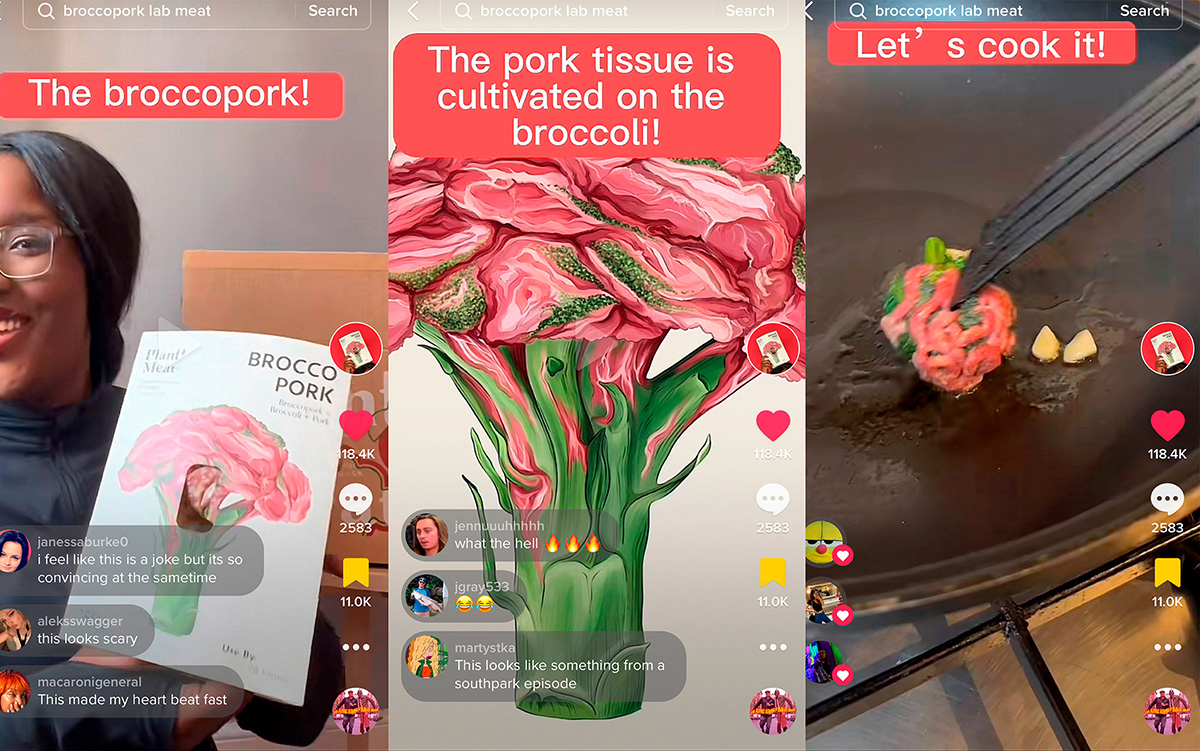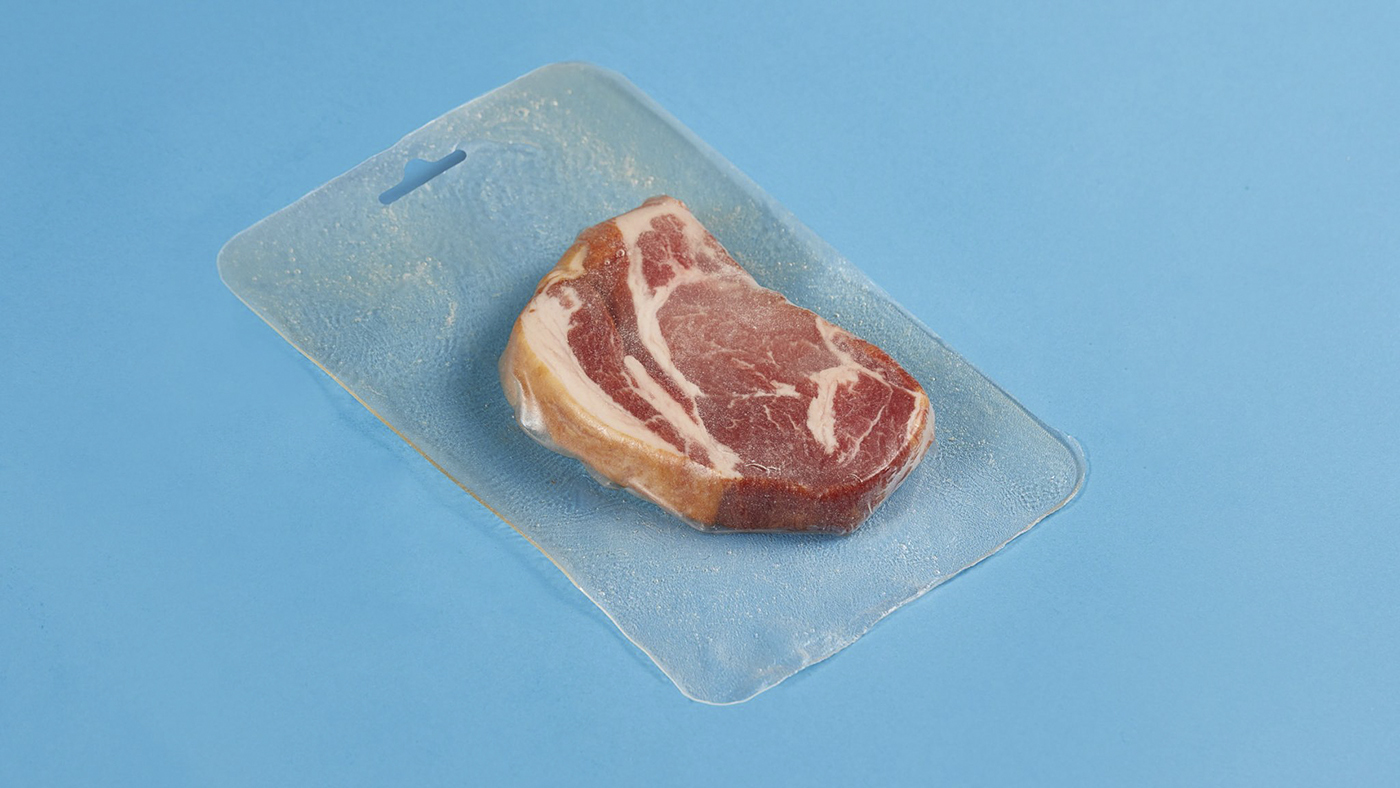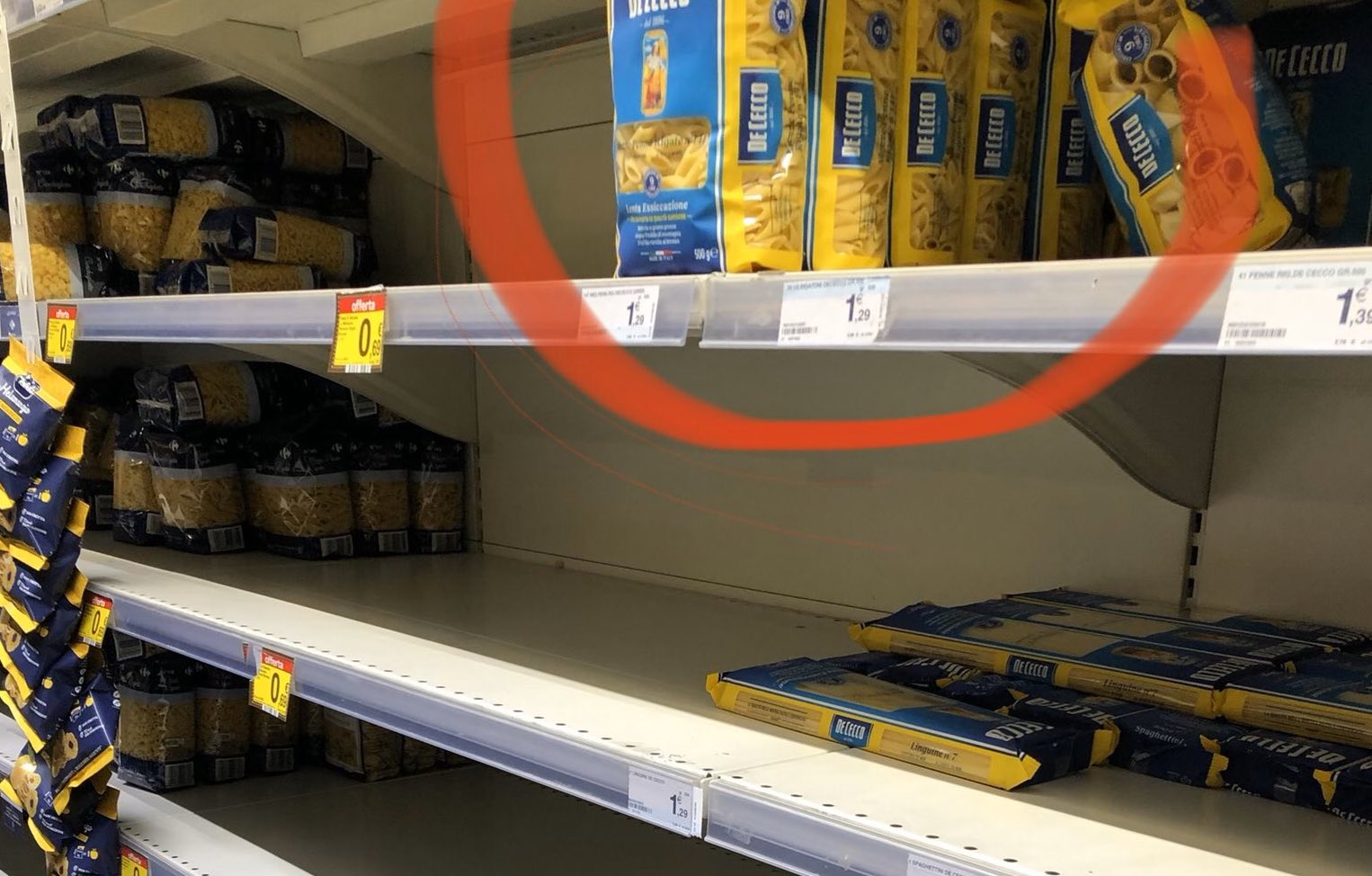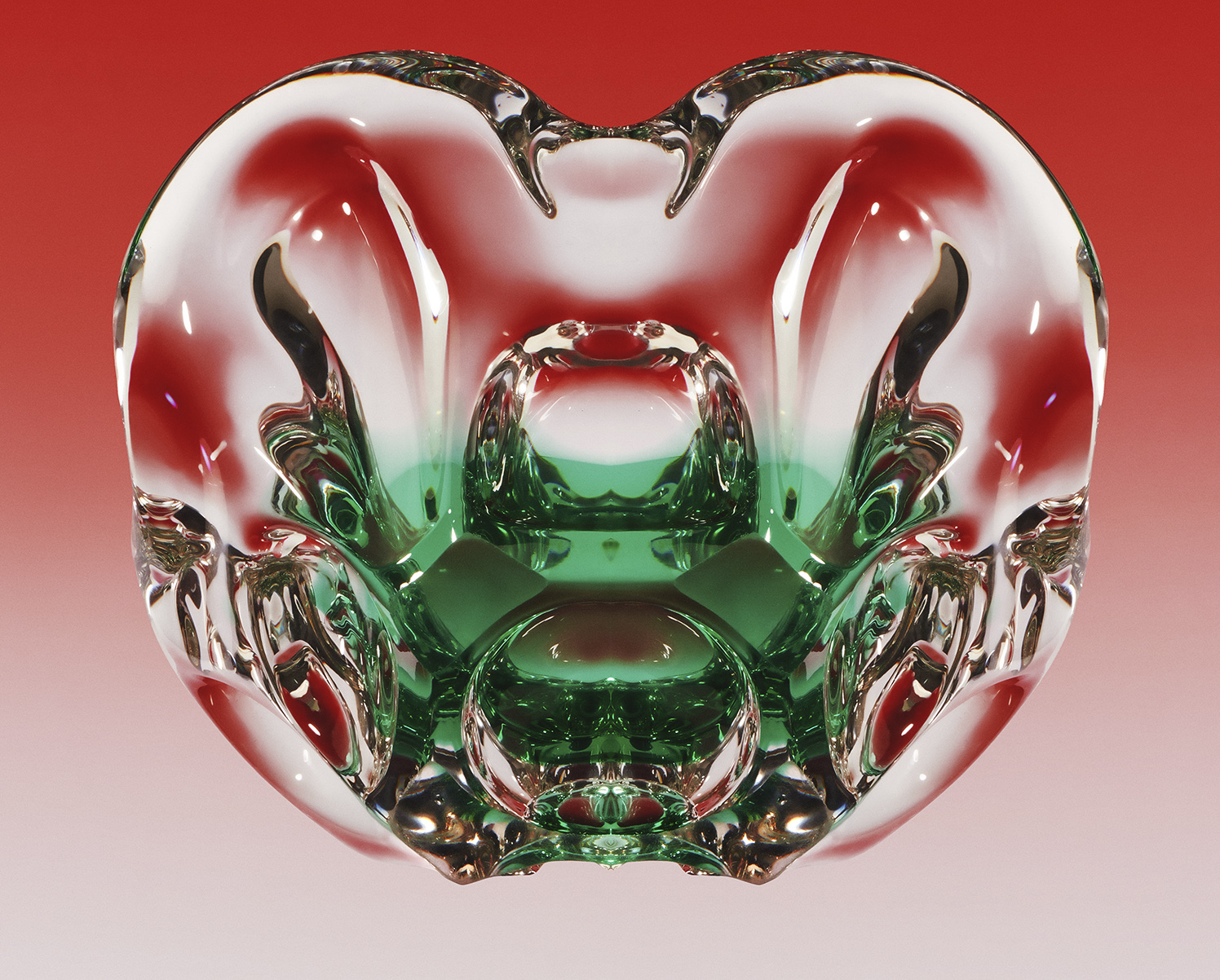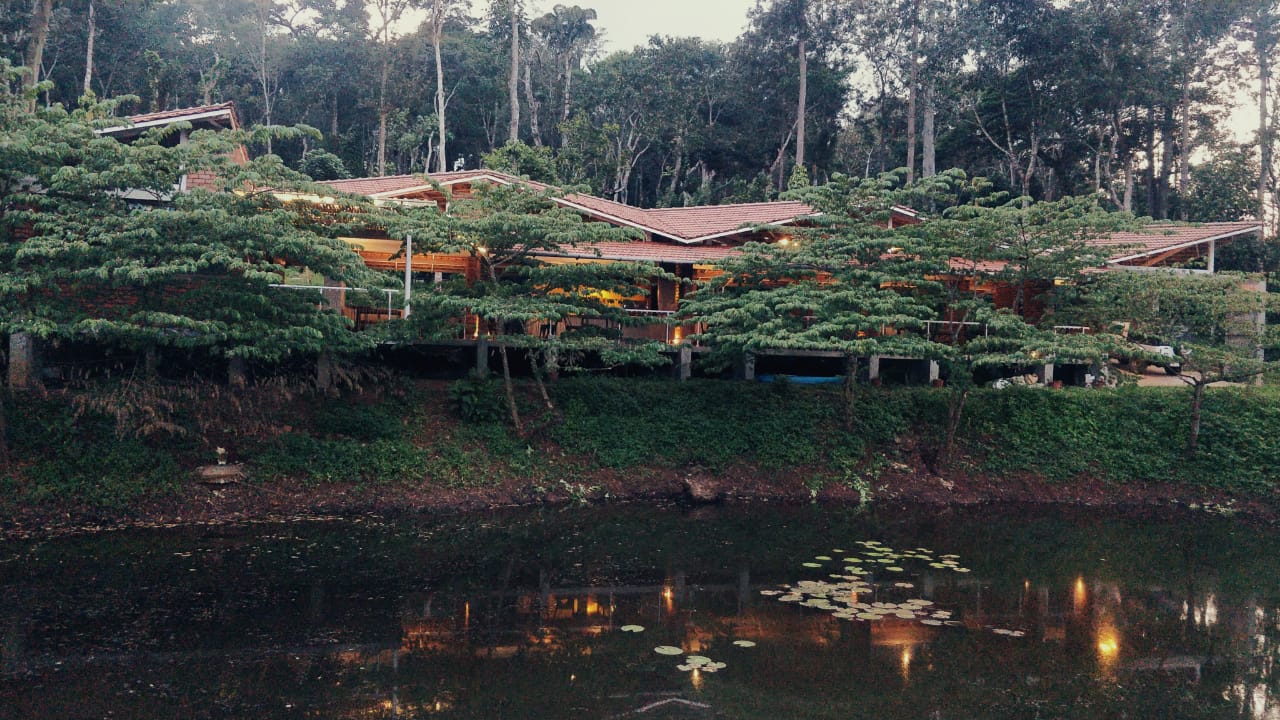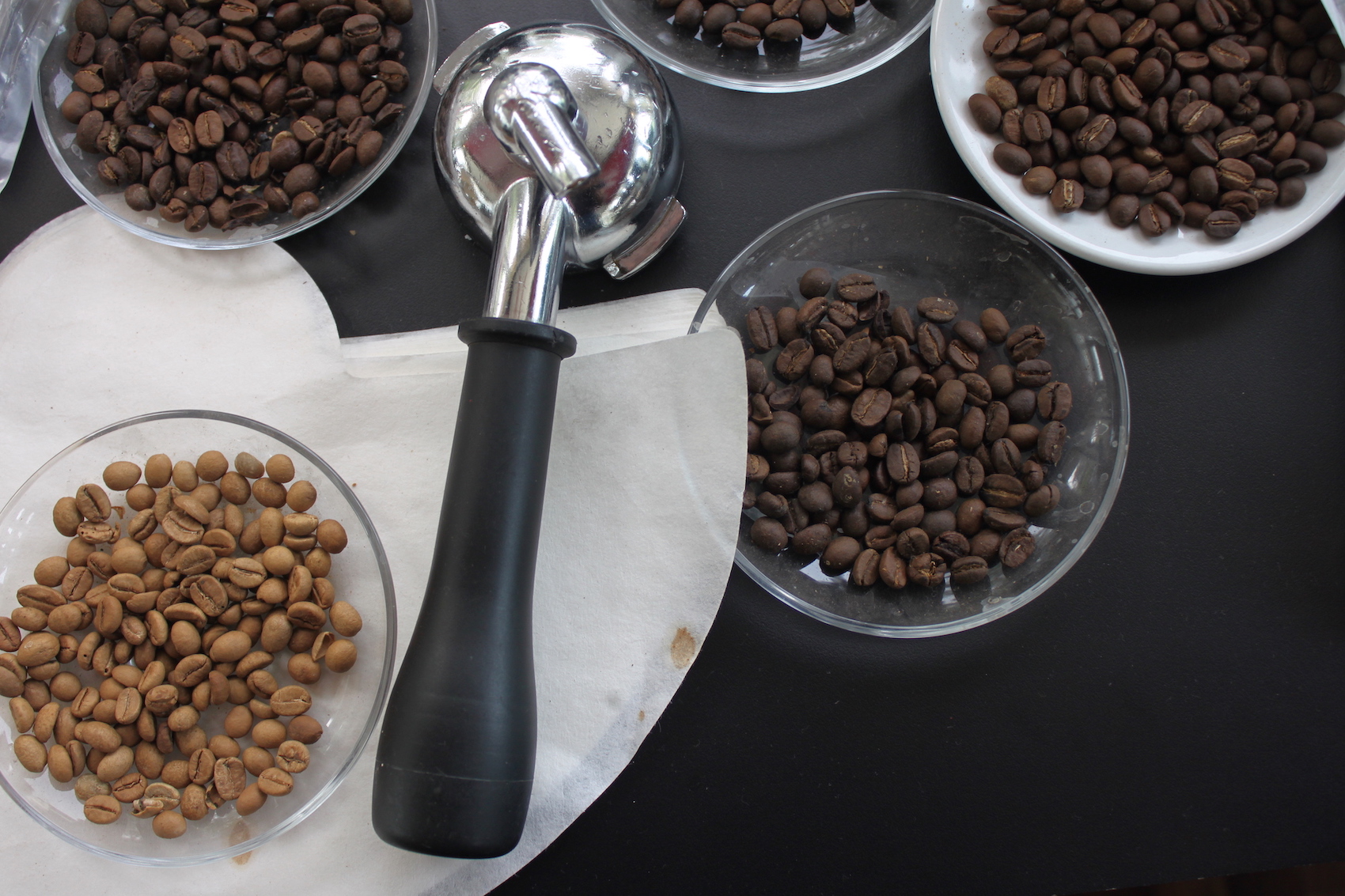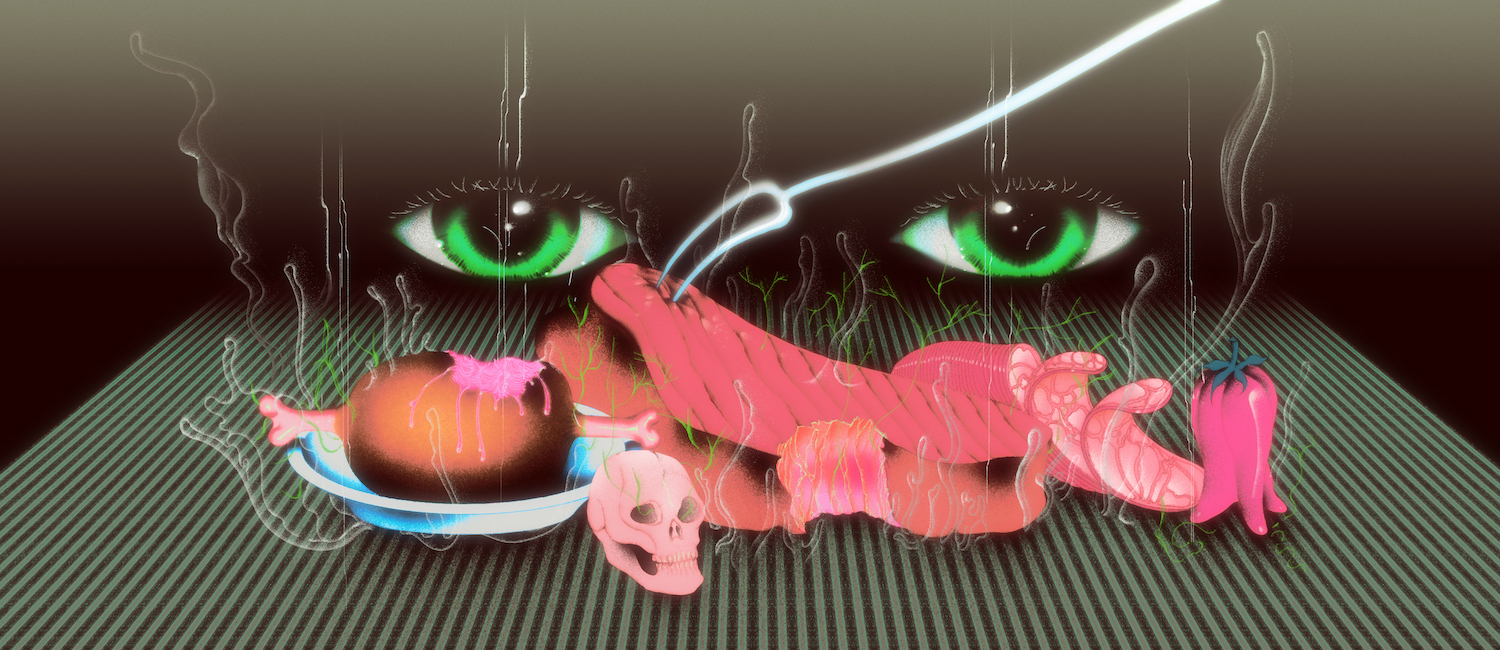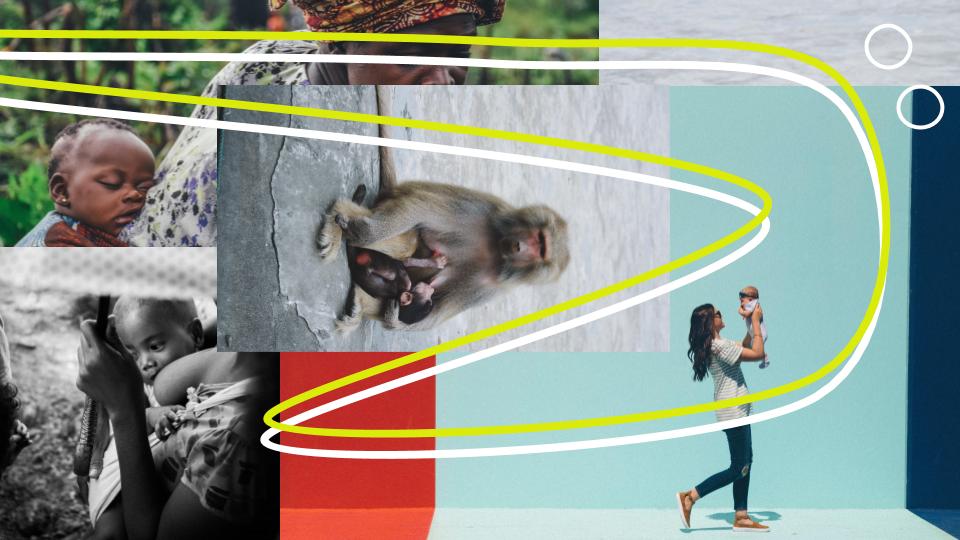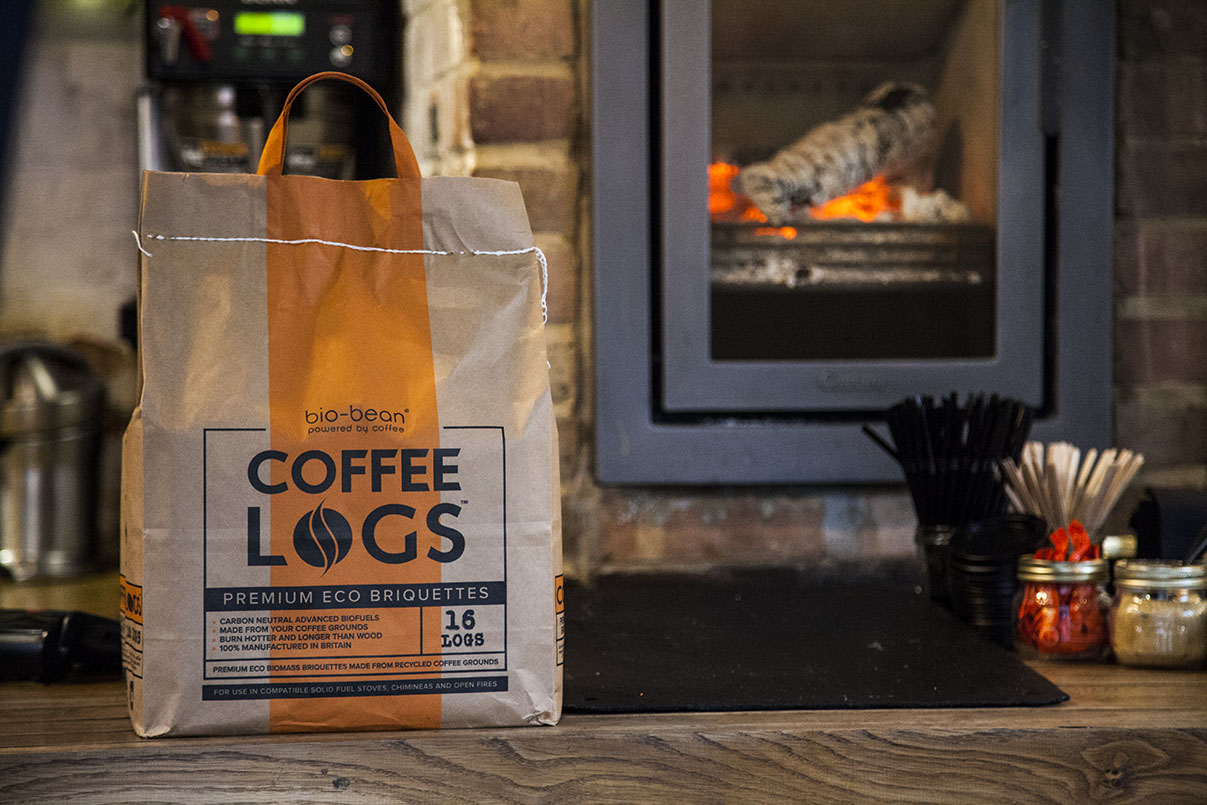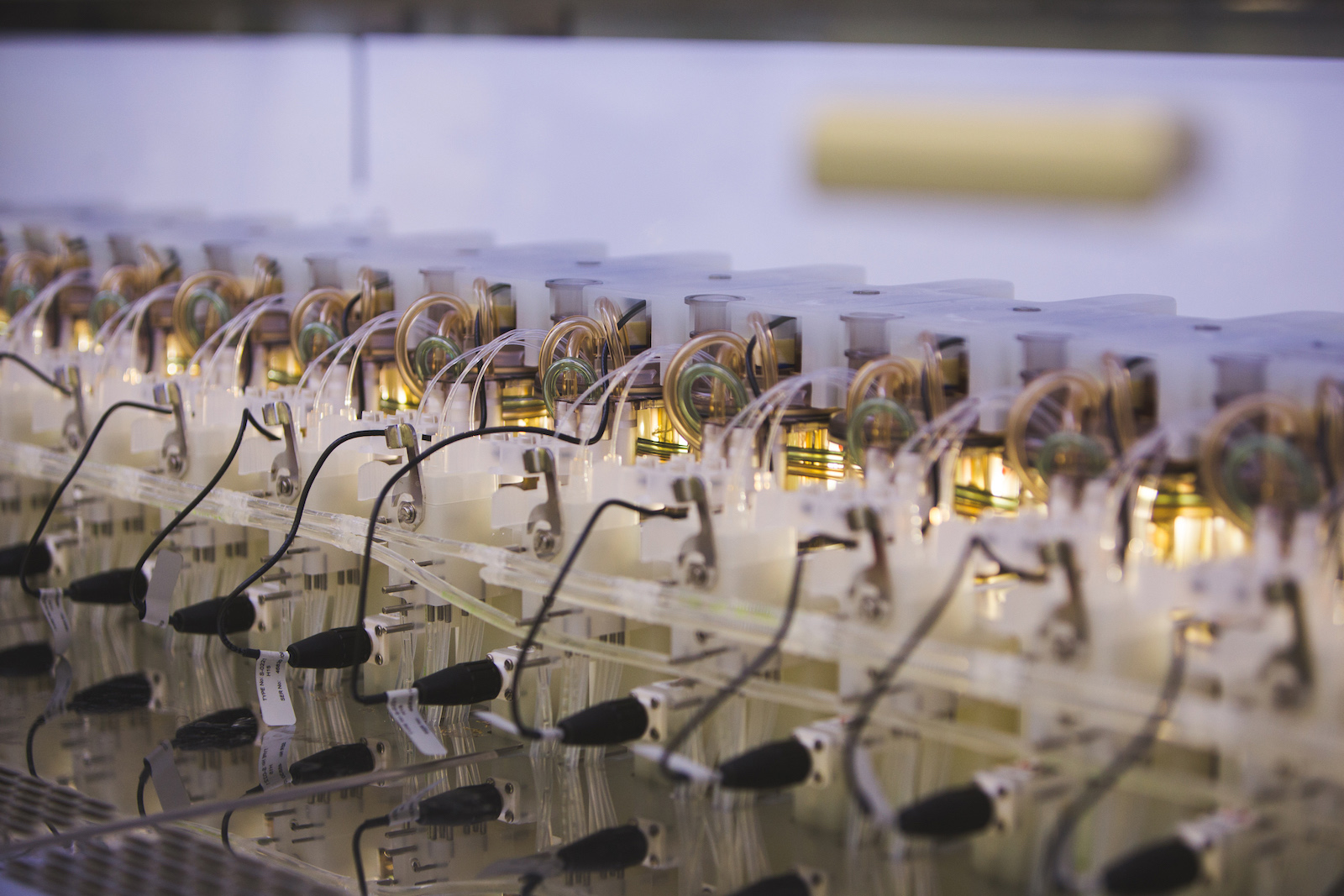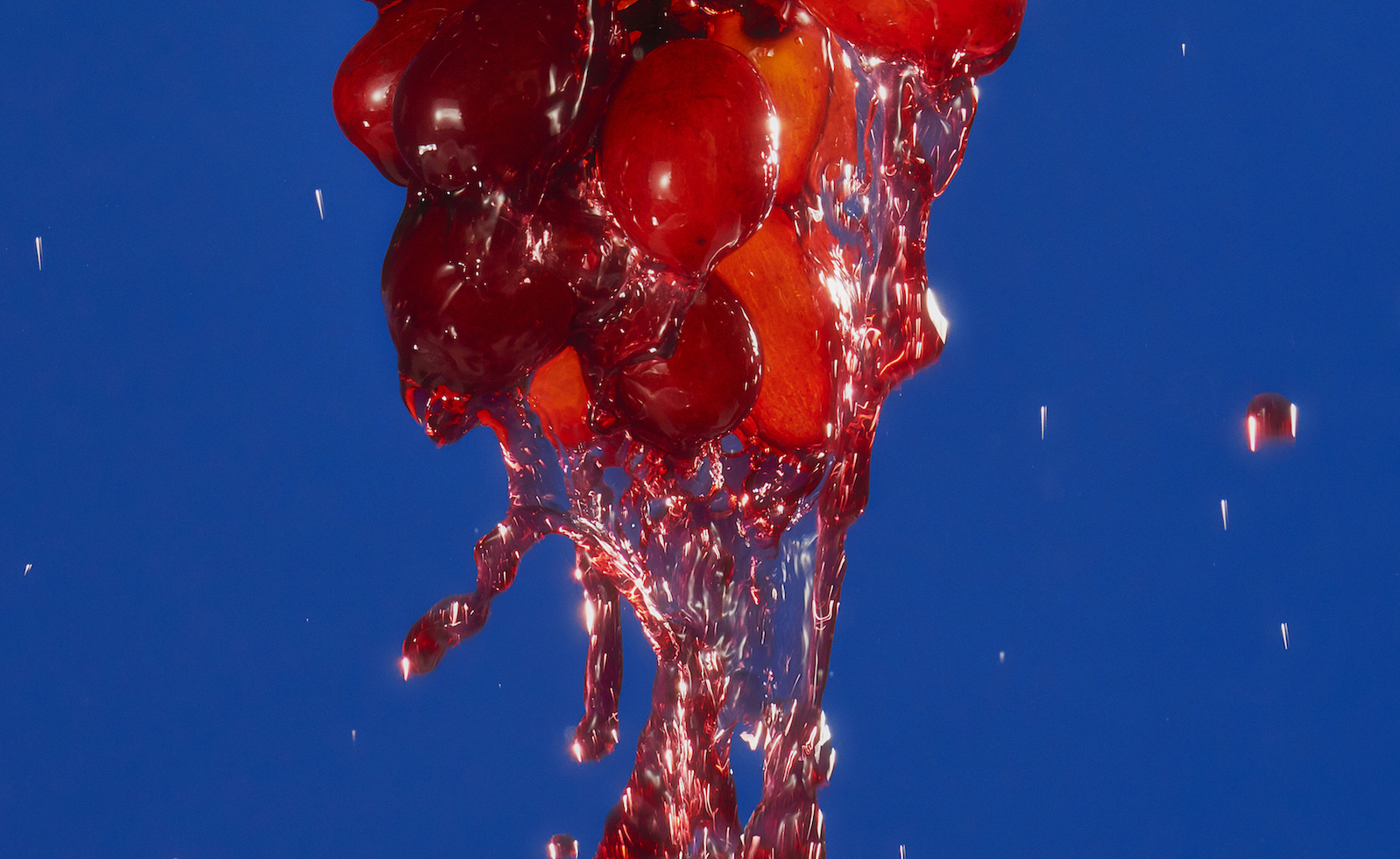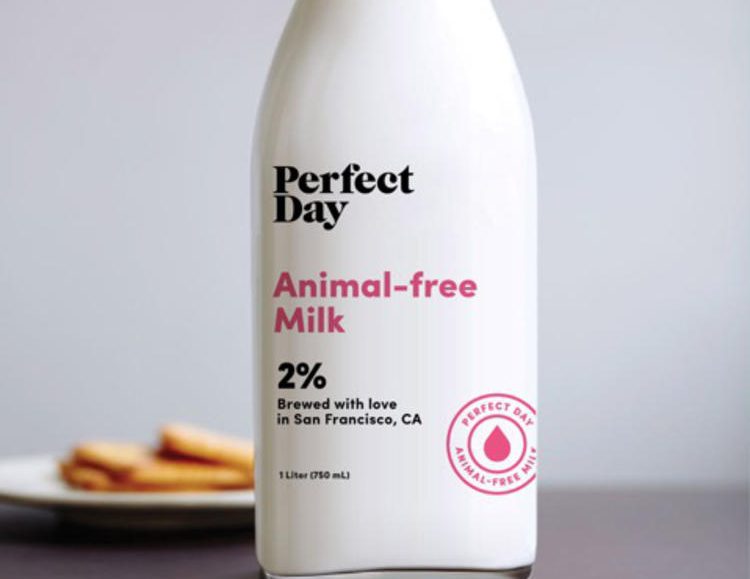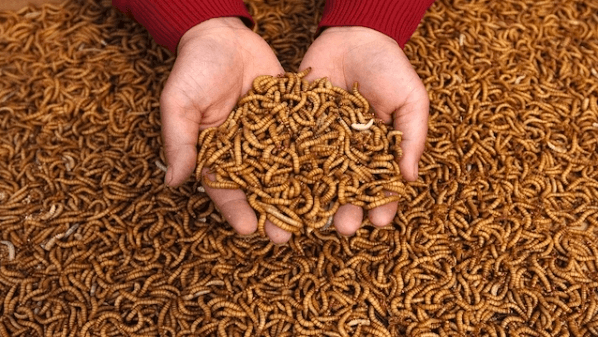This story is part of MOLD Magazine: Issue 01, Designing for the Human Microbiome. There’s still time to order your limited edition copy here.
Paris in the 19th century was a cesspool. Literally. Small, winding streets admitted neither sunlight nor fresh air. Carcasses of dead horses lined the streets, and clean and polluted water sloshed together in the primitive sewer system, leaving regular outbreaks of typhus and cholera in its wake. Into this morass marched Georges-Eugène Haussmann, Napoleon III’s erstwhile city planner who was, to put it mildly, resolute in his determination to clear out the sclerotic streets, straighten boulevards, demolish slums and make Paris safer for the bourgeois lifestyle that was struggling to flourish. Haussmann’s ambition in routing out the clogged streets was two-fold (at least): to widen them enough to allow Napoleon’s army to successfully overwhelm any barricades that political resistors might erect; and, buoyed by the work of the French Hygienics movement, to provide safer sewers, cleaner water and fresh air for the sickly, teeming masses that he was simultaneously displacing. Haussmann, a proto-Robert Moses, reshaped modern Paris at a scale that only an architect like Le Corbusier could dream of—and did.
In Towards a New Architecture, Corbusier’s 1923 manifesto for future habitation, he builds upon Haussmann’s hygienist legacy. Best known for its proclamation, “A house is a machine for living in,” the lines that immediately follow are equally revealing, “Baths, sun, hot water, cold water, warmth at will, conservation of food, hygiene, beauty in the sense of good proportion… We must clear up a misunderstanding: we are in a diseased state because we mix up art with a respectful attitude to mere decoration.” The aesthetic imaginary that Corbusier was forming during his years in Paris certainly focused on the architectural qualities of mass, line and surface, but buried within was also an agenda of moral and physical cleanliness that owed a deep debt to Haussmann and the Hygienists.
Looking back, however, there is a very different way to read these passages: as an early salvo in the design profession’s century-long campaign to interleave aesthetics with the elimination of microorganisms. Design, it seems, has a long history of violence when it comes to the elimination of germs. Eradicating germs was, of course, the prevailing science of Corbusier’s day, influenced by Pasteur’s discoveries. Corbusier’s espousal of abundant light, circulating air, sterile surfaces, bare floors and no decorative nooks and crannies to harbor little bugs certainly abetted that epidemiological objective. But we are now discovering a new, inconvenient truth for design: that most of those targeted microorganisms, in fact, play a beneficial and even essential role in our good health. That is, the emerging research around our microbiome—those hundreds of trillions of bacteria, fungi, protozoans and viruses (as well as their genetic material) that live in and on the human body—suggests that those antibacterial, “clean” surfaces put at risk colonies of germs that we might actually need to stave off a slew of autoimmune disorders. All of which raises a critical question: given that design has been an active agent in a modern war on microbes, what is its responsibility from this point forward?
What does a design future look like that fosters the restoration, growth and even flourishing of microbial cultures? First of all, we must still distinguish the pathogens from the mutualists and symbionts. While the vast majority of almost all microbes are beneficial or at least benign, there are still plenty that can kill. So it is cavalier to simply leap toward an equal and opposite reaction. But the first lesson that we can take from these discoveries about the microbiome is a gloss on one that we have been learning over and over for at least fifty years: that we are not just part of a larger ecosystem, we are an ecosystem. Roughly ten percent of the cells by number in our body are human, the remaining ninety percent belong to tiny others who comfortably share our bodies and skin. This is not just a startling fact, but a Copernican shift in how we understand who we are. I am not I…but I/we are a cohabitating culture of mutually interacting entities that tussle and cooperate for preeminence over a lifetime (and the microbes always win out in the end). We are not just part of an ecosystem…an ecosystem is part of us. That fact must influence our design decisions moving forward.
What are the emerging frontiers, then, in this new and vast campaign of truth and reconciliation with the microbes? There are four areas, at least, where designers can develop new frames, new methods and new ideas:
Identity: How will we adapt our understanding of our own selves to account for the 100 trillion microbes that comprise us? What services will we design to foster their resilience and how seriously will we challenge a notion of subjectivity that has been with us for hundreds of years if that egocentrism is inadvertently undermining our own well-being?
Property: Our microbiome is both of us and not of us. Yours might be more robust than mine, or ours. Mine might affect yours…or my home environment might alter yours. One person’s dirt might be another’s salvation. How are we going to manage the massive, multidimensional ecosystems that both belong to us as individuals and belong to everybody as our ecological commons?
Hygiene: How can we reframe “clean” for an age where filth, grime and invisible creepy crawlies might very well be our saviors? How will our interiors, our kitchens, our bathrooms, our restaurants and our clothing need to evolve in order to welcome our symbiotic friends while still keeping at bay their pathogenic relatives?
Diversity: How can we create the tools and visualization strategies necessary to communicate back to ourselves the relative health and diversity of our own complex microbiomes? What combination of modern medicine, data visualization, wearable (edible?) sensors and visual displays will it take to help us keep track and even increase the resilience of our microbiome?
Design is a practice with high moral and political stakes, whether we choose to admit it or not. Unanticipated consequences will always be part of making the “new.” But we must now move forward alongside an emerging body of research that makes urgent an increasing interdependency with our microbial communities. We/they can no longer pretend we are alone in this struggle. Our mutual self-interest is at stake.


